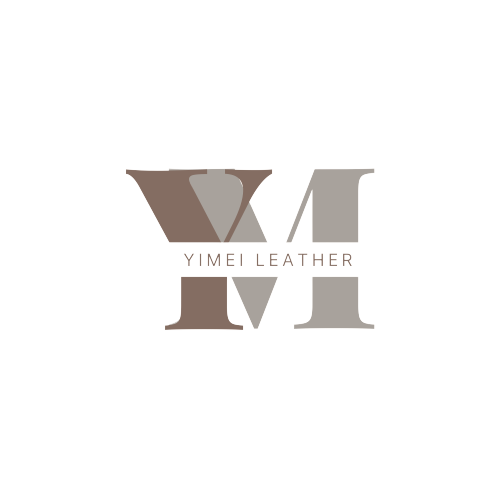Introduction: Why Material Choice Matters in Storage Solutions?
In the home organization industry, materials are not just the “skeleton” of products—they define user experience, environmental compliance, and market competitiveness. With rising global eco-awareness and smart home adoption, traditional plastic and wood storage solutions are undergoing a revolution.
This article analyzes the key material trends for the next two years, based on data from North America, Europe, and Southeast Asia, along with regulatory insights and cutting-edge case studies, to help B2B buyers stay ahead.
Chapter 1: Sustainable Materials – From Recycled to Biodegradable
1.1 The Rise of Recycled Plastics (rPP/rPET)
● Market Data: The global recycled PP market is expected to reach US$28.5 Billion by 2025 (CAGR 8.2%)
● Applications:
○ Drawer organizers (comparable strength to virgin plastic, 12-18% cost savings)
○ Collapsible laundry baskets (Adopted by German brand Fackelmann)
● Procurement Tip: Prioritize suppliers with GRS (Global Recycled Standard) certification
1.2 Plant-Based Materials Go Mainstream
● Innovations:
○ Sugarcane Fiber: IKEA’s 100% plant-based storage line (2025 launch)
○ Mycelium: Ecovative’s growable shelf dividers (Biodegrades in 72 days)
● Limitation: 2-3 times cost of plastic; ideal for premium eco-brands
1.3 Modernized Natural Materials
| Material | Tech Upgrade | Example Product |
| Bamboo | High-temp carbonized anti-mold | TENMA’ drawer dividers (Japan) |
| Rattan | Resin-reinforced shaping | Scandinavian-style baskets (Indonesia) |
Chapter 2: Smart Materials – Interactive Storage
2.1 Thermochromic Labels
● Function: Color changes indicate storage duration (e.g., fridge bins show food freshness)
● Tech Providers: Toray (Japan), Royole (China)
2.2 Self-Healing Coatings
● Value: Reduces scratches on plastic bins, extending lifespan by 30%+
● Data: LG Hausys’ coating repairs minor scratches at 40°C within 24 hours
2.3 Embedded RFID Chip
● B2B Use Cases:
○ Zara’s inventory system (Chip-equipped garment storage boxes)
○ Requires dedicated shelving (3-5m read range, <0.1% error rate)
Chapter 3: Space-Saving Material Innovations
3.1 Ultra-Thin Composite Panels
● Breakthrough:
○ 3mm thickness supports 50kg load (vs. 15mm for traditional boards)
○ Example: Bayer’s Makrolon® in wall-mounted cabinets
3.2 Flexible Folding Systems
● Top Picks:
○ Silicone collapsible bins (Compresses to 1/5 volume)
○ Magnetic dividers (Adjustable compartment sizes)
3.3 Transparent Designs
● Consumer Insight: 73% prefer “visible storage” to reduce search time
● Materials:
○ Aircraft-grade acrylic (92% light transmission, shatterproof)
○ Frosted PET (Fingerprint-resistant, ideal for cosmetics)
Chapter 4: Policy-Driven Material Shifts
4.1 EU Ban on Single-Use Plastic Storage (2025)
● Alternatives:
○ Molded pulp boxes (Used by McDonald’s for toy storage)
○ Compostable PLA (For hotel amenity sorting)
4.2 California Prop 65 Updates
● Compliance Tips:
○ Avoid phthalates >0.1%
○ Use TPE instead of PVC
Chapter 5: B2B Buyer’s Guide
5.1 Cost-Benefit Comparison
| Material | Cost/kg | Lifespan | Target Market |
| rPP | $1.2 | 5-8 yrs | Mass-market (EU/US) |
| Bamboo | $3.5 | 3-5 yrs | Premium (Japan/Korea) |
| Mycelium | $8.0 | 1-2 yrs | Eco-concept products |
5.2 Supplier Checklist
● ISO 14067 carbon footprint certification?
● SDS (Safety Data Sheet) available?
● MOQ flexible for sampling?
Conclusion: The Future Is Here
Home storage materials in 2024 are evolving from “passive containers” to “active solutions.” Our recommendations:
● Short-term: Stock rPP/rPET for EU compliance
● Mid-term: Partner with smart material labs
● Long-term: Invest in biodegradable production

